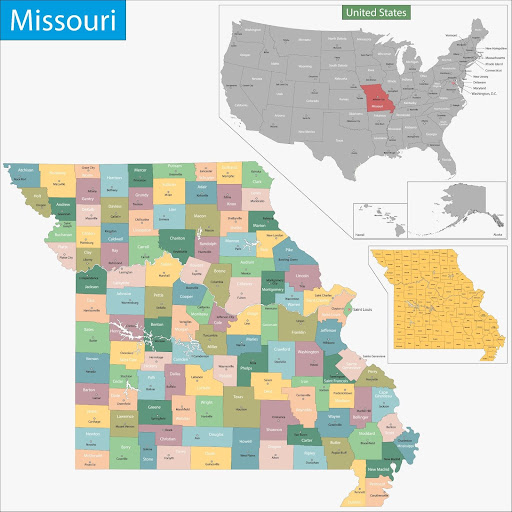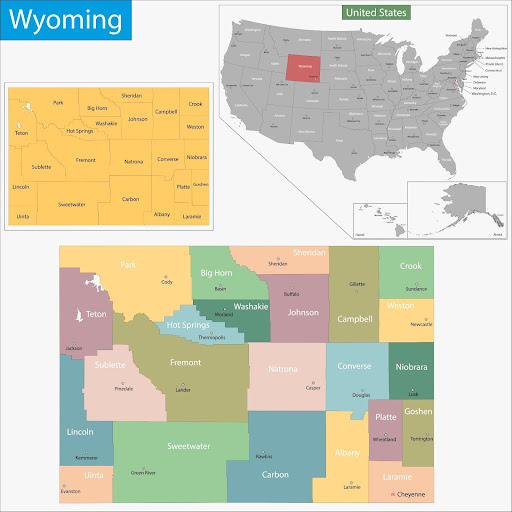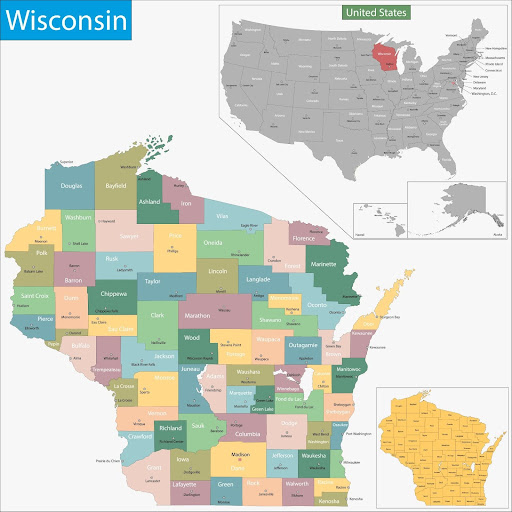Table of Contents
Missouri sees hundreds of wildfires annually, many fast-moving and human-caused. For fire investigators, Missouri’s blend of tallgrass prairie, dense oak-hickory forests, and sprawling agricultural land offers a complex ignition landscape. Add in private landownership and limited suppression capacity in rural counties, and you’ve got a scene that requires sharp instincts and cross-agency coordination.
This guide outlines Missouri’s wildland fire resources and investigation infrastructure, tools, contacts, regional fire behavior, and training pipelines, tailored specifically for field investigators.
Explore further through our wildland firefighting resources portal.
Live Incident Updates & Maps
This live tool provides near-real-time situational awareness so you can stay on top of what’s happening across the state:
State Overview
Missouri’s fire environment shifts dramatically from east to west. You’re not dealing with a single fire regime—you’re juggling three:
- Ozark Highlands (South-Central): Rugged terrain, dense mixed hardwoods, and private landholdings dominate. Fires are typically surface-level but can be difficult to access.
- Northern Prairie and Farmland: Flashy fuels, especially in late summer, make for rapid, wind-driven grassfires across open fields.
- Bootheel Region: Bottomland hardwoods and agricultural burns often trigger smoldering, which is a hard-to-detect incident, particularly in drainage ditches and field margins.
The patchwork of land ownership complicates jurisdiction, and many fires are unreported until they grow past containment thresholds. Human causes, debris burns, arson, and machinery sparks account for 90% of ignitions.
Wildfire Season Timeline
Wildfire risk in Missouri peaks twice a year:
- Spring (February–April): Dead grasses, leaf litter, and low humidity drive aggressive fire behavior. Investigators often respond to escaped debris burns.
- Fall (September–November): Dormant fuels and harvest activities lead to increased ignitions, especially during dry, windy days.
- Summer (June–August): Less active due to green-up, but drought years flip the script.
Fire behavior is highly weather-dependent. Red flag days can produce sudden, fast-moving fires even in traditionally low-risk zones.
Key State Agencies Involved
Missouri’s wildland fire ecosystem includes both state and federal players, along with a strong reliance on county resources.
Local Wildland Firefighting Resources
Missouri’s initial attack backbone is local. Rural fire departments, many of which are volunteer-run, are often first on the scene. Fire investigators may find themselves working alongside departments with limited resources but deep knowledge of their own terrain.
- Many counties rely on local burn permit systems and informal fire watch networks.
- MDC supports departments with grants for wildland PPE, tools, and training.
List of Local/State/Federal Fire Response Agencies
Here’s a breakdown of who’s likely to show up at a Missouri wildfire:
Contact Numbers and Emergency Links
- Report a Wildfire: Dial 911
- Missouri Dept. of Conservation Fire Program: (573) 522-4115 | https://mdc.mo.gov
- Missouri State Fire Marshal: (573) 751-2930 | https://dfs.dps.mo.gov
- Great Plains Coordination Center: (605) 393-8011 | https://gacc.nifc.gov/gpc
- Mark Twain National Forest Dispatch: (573) 364-4621
Training & Volunteering
Missouri’s training infrastructure blends state programs with NWCG-certified academies, seasonal hiring, and local workshops.
NWCG-Approved Academies and Centers
Volunteer and Seasonal Training Opportunities
- MDC Fire Crew Program: Seasonal wildland fire crews are hired and trained each spring. Crew members receive red card certification and may support investigation teams.
- Rural Fire Department Grants: MDC offers gear and training subsidies to equip smaller departments. Some include FI-100/210 training modules for entry-level investigators.
- Community Firewise & RX Fire Teams: Training programs for mitigation and prescribed fire operations can double as prep for investigative work during real events.
Stay Informed on Missouri’s Wildland Fire Landscape
Missouri’s wildland fire profile is shifting. Longer dry spells, more aggressive spring ignitions, and a rise in WUI construction all point to growing investigative demand.
If you’re in the field, build your familiarity with local departments. Map out regional fuel types. Track patterns of repeat ignition. And stay current on state policy changes, like county-level burn restrictions or new debris burn legislation.
Investigation here is about local relationships, terrain fluency, and boots-on-ground awareness.
FAQs
How do I report a wildfire in Missouri?
Call 911. Local dispatch will route to the nearest fire protection district. You can also notify MDC regional offices if state or conservation lands are involved.
Can I burn debris in Missouri?
Yes, but always check county-level regulations. Many counties require notification or permits, and statewide burn bans may override local rules.
Who investigates wildfires in Missouri?
Initial responsibility typically lies with the responding department and the Missouri Department of Conservation. For suspicious or multi-jurisdictional fires, the State Fire Marshal’s Office and USFS (on federal land) take the lead.










